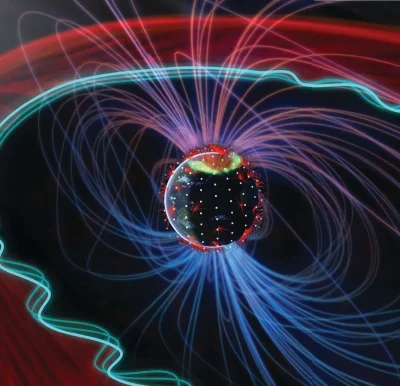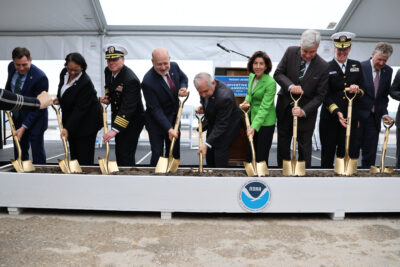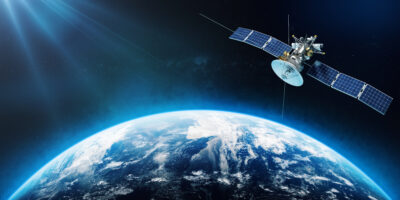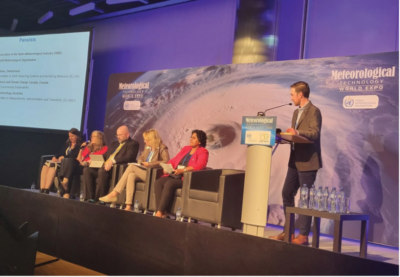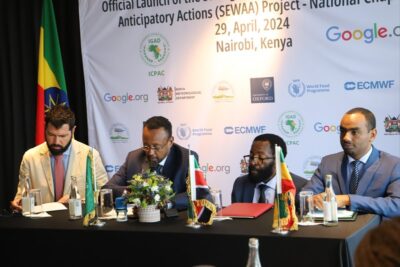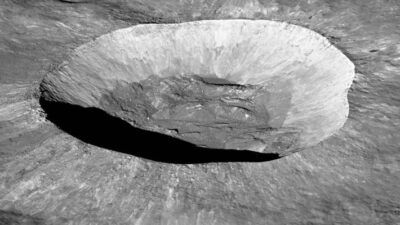Industry News
EXCLUSIVE FEATURE: How are experts developing space weather forecasts for geomagnetic storms?
Space weather could cause chaos on Earth unless further developments in forecasting are made, with geomagnetic storms at risk of disrupting radio signals and navigation systems and even causing blackouts. Meteorological Technology International speaks to experts in the space weather sector to find out what is being done to ensure we are well prepared for such events
The first recorded telescope observations of a solar flare, made independently by English astronomers Richard Carrington and Richard Hodgson, occurred on September 1, 1859. A coronal mass ejection (CME) reached Earth 17.6 hours later, causing a powerful geomagnetic storm with aurorae reported as far south as Cuba and Hawaii.
UK Space Agency invests £1.8m in satellite technology
The UK Space Agency has invested £1.8m (US$2.2m) in technologies to help satellites measure Earth’s changing shorelines, estimate levels of biomass, predict weather forecasting and manufacture medicines in space.
Andrew Griffith MP, Minister of State at the Department for Science, Innovation and Technology, said, “From more accurate weather forecasts to manufacturing medicines on a bigger scale, ambitious UK space teams are developing pioneering solutions in space to enhance our life on Earth. This £1.8m government fund will grow our economy through new innovation while helping to keep space sustainable and deliver more key discoveries for many years to come.”
The projects
Argans – Global shorelines capability
Satellite remote sensing company Argans has received £250,000 (US$312,000) for its ‘Global shorelines capability’ project.
NOAA breaks ground on US$147m Marine Operations Center in Rhode Island
The Department of Commerce’s National Oceanic and Atmospheric Administration (NOAA) broke ground for a facility on Naval Station Newport in Rhode Island that will serve as the future home of the NOAA Marine Operations Center-Atlantic.
Marine Operations Center Facility
In December 2023, the US Navy, on behalf of NOAA, awarded US$147m to Skanska USA to build the new facility. Its design and construction is partly funded by the Inflation Reduction Act, the largest climate investment in history, as part of President Biden’s Investing in America agenda.
The facility will include a pier to accommodate four large vessels, a floating dock for smaller vessels, space for vessel repairs and parking and a building to be used for shoreside support and as a warehouse.
Earth observation could drive US$3.8tn in economic growth by 2030, World Economic Forum reports
The World Economic Forum has released a report that reveals that Earth observation (EO) data has the potential to drive over US$3tn in cumulative economic benefits globally by 2030 while advancing a wide range of climate and nature solutions.
Amplifying the Global Value of Earth Observation, published in collaboration with Deloitte, integrates the perspectives of 40 industry, technology and climate leaders committed to driving sustainable value through EO applications. The report breaks down the economic potential of EO technologies across sectors and shows how increasing their adoption worldwide could propel the shift to a nature-positive and net-zero global economy.
CREWS Initiative grants US$7m to early warning systems project in the Caribbean
The Climate Risk and Early Warning Systems (CREWS) Initiative has granted US$7m in funding for a new three-year multi-hazard early warning systems (EWS) project in the Caribbean region.
According to the CREWS team, the Caribbean is the second-most disaster-prone region in the world and is highly exposed to natural hazards such as hurricanes and tropical storms, floods, landslides and storm surges.
CREWS Caribbean 2.0 project
The CREWS Caribbean 2.0 project will build on a recently completed project to continue strengthening early warning systems in the region. The project will be led by WMO and UNDRR, and implemented under the leadership of regional organizations including the Caribbean Meteorological Organization (CMO), the Caribbean Disaster Emergency Management Agency (CDEMA), and the Caribbean Institute for Meteorology and Hydrology (CIMH).
EXCLUSIVE FEATURE: How is the WMO developing more environmentally sustainable observing systems?
The WMO shares its work to date on the development of more environmentally sustainable observing systems and methods for the global meteorological and hydrological sectors.
Despite the importance of weather data collection in assessing the environmental impacts of climate change, the technologies and practices used to collect it can have a negative effect on the environment. Issues can be found across the lifecycle of technologies, practices and standards, including energy consumption and waste generation. Concerns about this were first raised by the WMO in 2021, when the organization ratified the Global Basic Observing Network (GBON) technical regulation and representatives from the Meteorological Service of Canada (MSC) noted that the regulation didn’t address the potential environmental impacts of increased observational sites.
ICPAC, United Nations and Google.org implement early warning systems project in Eastern Africa
The United Nations World Food Programme (WFP) has given the IGAD Climate Prediction and Applications Centre (ICPAC) financial support for the implementation of the “Strengthening Early Warning Systems for Anticipatory Actions” project.
Plan of action
Initially, the project will focus on pilot implementations in Ethiopia and Kenya, with the lessons learned informing the scaling-up of initiatives across the region. Ultimately, the goal is to ensure that vulnerable communities throughout the IGAD region have access to life-saving early warning information and that they can take timely action in the face of impending disasters.
Machine learning and artificial intelligence
This initiative, aimed at leveraging machine learning (ML) to enhance early warning information systems (EWS), marks a collaborative effort involving weather and climate research institutions, a university and a humanitarian organization.
Caltech develops new type of seismic sensor to detect moonquakes
A Caltech study has demonstrated that an emerging new seismological technology called distributed acoustic sensing (DAS) would be able to measure lunar quakes with unprecedented precision.
The research study was led by Qiushi Zhai, postdoctoral scholar research associate in geophysics at Caltech, and has been published in the Assessing the feasibility of Distributed Acoustic Sensing (DAS) for moonquake detection paper in the journal Earth and Planetary Science Letters.
Funding was provided by the National Science Foundation, the USGS, the Gordon and Betty Moore Foundation, and the Braun Trust. Caltech manages JPL for NASA.



